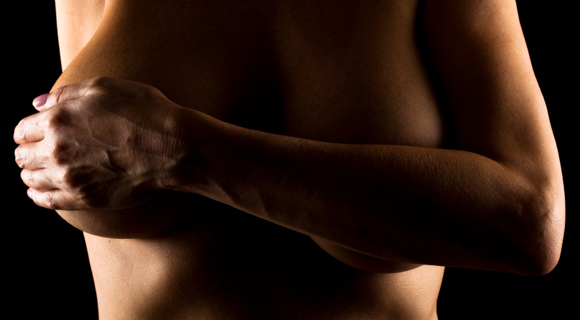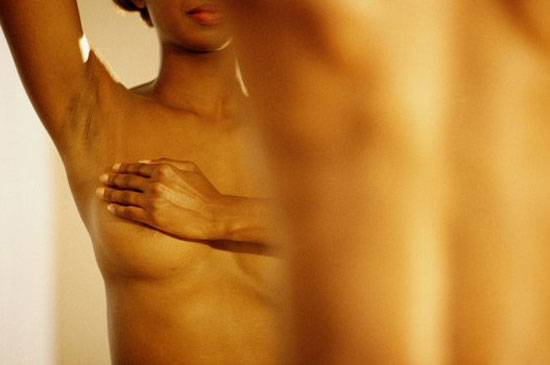
Growing up, I remember a particular organization came to my secondary school and asked to see the girls only in the school. We were all assembled into the school hall and they addressed us. They enlightened us on what breast cancer was and taught us how to self-examine our breast and even shared informative leaflets with us. Then, I really didn’t understand or better put, paid so much attention to what they came to do but I understood as I grew older. Cancer death is one of the most significant reasons for women’s death. Breast cancer is the most common type of cancer in women with denser breast tissue due to its physiological features. The detection of this disease in the early stages can help to avoid the rising number of deaths.
In the developing world, cancer death is one of the major problems for humankind. According to the Global Cancer Incidence, Mortality and Prevalence (GLOBOCAN), a project of the international agency for research on cancer (IARC) 2018 data, one of every four cancer cases diagnosed in women worldwide is breast cancer, and it ranks fifth among the causes of death. According to the same data, the incidence of age-related breast cancer worldwide in 2018 was 23.7 per 100,000, whereas the mortality rate due to breast cancer was reported as 6.8 per 100,000. Even though there are many ways to prevent it before happening, some cancer types still do not have any treatment. One of the most common cancer types is breast cancer, and early diagnosis is the most important thing in its treatment. It’s a good idea to get to know what’s normal for your breasts. That way, you can check in with your doctor if you notice something unusual, such as a lump, skin change, or discharge.
Breast cancer originates from breast tissue, most commonly from the inner lining of milk ducts or the lobules that supply the ducts with milk. What then is a Breast Self-Examination? It’s a way for you to check your breasts for changes, such as lumps or thickenings. You’ll look at and feel both breasts and if there are unusual developments, it’s advisable to notify your doctor. In many cases, those changes aren’t cancer, but you need to see your doctor to find out. Breast self-exam, or regularly examining your breasts on your own, can be an important way to find breast cancer early when it’s more likely to be treated successfully. While no single test can detect all breast cancers early, some researchers believe that performing breast self-exam in combination with other screening methods can increase the odds of early detection.
Prevention they say is better than cure but for me, I’ll rephrase and say prevention is way cheaper than cure. You might be saying you don t have time to be doing self-exam but God forbid any bad occurrence, you will create the time, so after you’re done reading this, include it in your schedule. It will also be shocking to know that a lot of women don’t know about their breast self-examination. Some might have heard and might not know how to go about it. So today, we will be learning how to check our breast for any lumps or abnormalities.
You can either examine your breast in the shower, while you’re lying down or in front of the mirror. Things to look out for is sores, peeling, colour change, discharge from the nipple or lumps in the breast. Let’s dive into it.
While in the shower, use the pads/flats of your 3 middle fingers to check the entire breast and armpit area pressing it down with light, medium, and firm pressure. With hands soapy, raise one arm behind your head to spread out the breast tissue. Use the flat part of your fingers from the other hand to press gently into the breast. Follow an up-and-down pattern, moving from bra line to collarbone. Continue the pattern until you have covered the entire breast. Repeat on the other side.
OR
When you’re in front of a mirror, stand undressed from the waist up in front of a large mirror in a well-lit room. Take a good look at your breast. If they aren’t equal in size or shape, that’s totally fine, most women’s breasts aren’t. With your arms relaxed by your sides, look for any changes in the size, shape, or position, or any breast skin changes. Next, raise your arms high overhead. Look for any changes in the contour, any swelling, or dimpling of the skin, or changes in the nipples. Next, rest your palms on your hips and press firmly to flex your chest muscles. Left and right breasts will not exactly match, few women’s breasts do, so look for any dimpling, puckering, or changes, particularly on one side.
OR
When lying down, the breast tissue spreads out evenly along the chest wall. Place a pillow under your right shoulder and your right arm behind your head. Using your left hand, move the pads of your fingers around your right breast gently covering the entire breast area and armpit. Think of your breast as a face on a clock. Start at 12 o’clock and move toward 1 o’clock in small circular motions. Continue around the entire circle until you reach 12 o’clock again. Keep your fingers flat and in constant contact with your breast. When the circle is complete, move in 1 inch toward the nipple and complete another circle around the clock. Continue in this pattern until you’ve felt the entire breast. Make sure to feel the upper outer areas that extend into your armpit. Use light, medium, and firm pressure. Squeeze the nipple; check for discharge and lumps. Repeat these steps for the other side.
Do not forget to look out for changes and report all abnormality to your doctor. Now that you have learned something, kindly share so that others can also read and learn from it. Stay safe and stay healthy.

